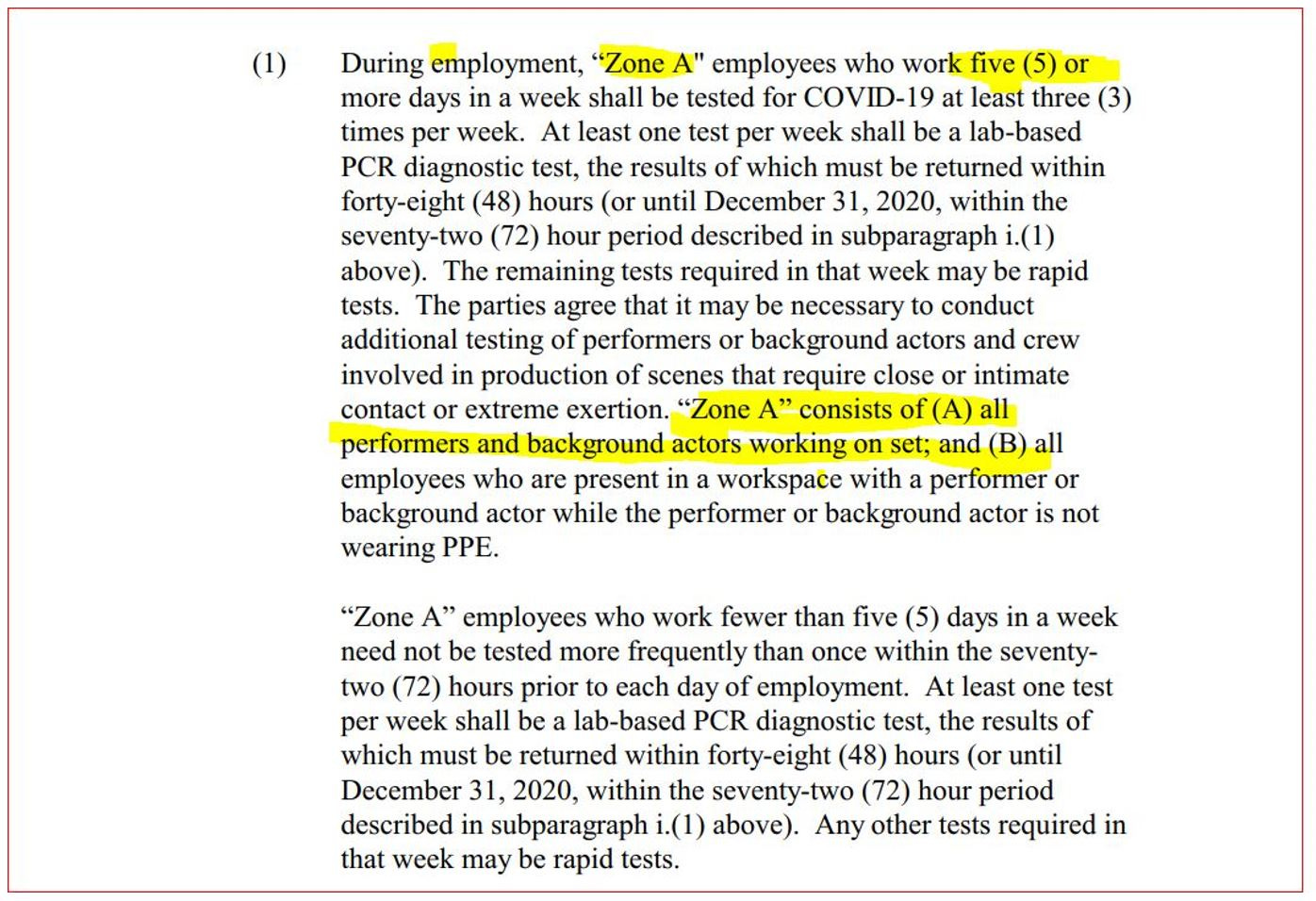Follow: Twitter | Instagram | Telegram | Gab | Facebook
Truth Lives Here: Rumble | Rokfin | Odysee | Brighteon | Bitchute | YouTube
Websites: MaryamHenein.com | HoneyColony.com
First published in Activist Post 2020:
How is life on a Hollywood set post-COVID-19? In light of Tom Cruise’s recent freak out on a shoot for Mission: Impossible 7, I decided to find out.
Cruise, 62, made headlines back in mid-December 2020 when The Sun published a recording of him screaming at the film’s crew for not following COVID-19 protocols.
“They’re back there in Hollywood making movies right now because of us,” he reportedly said in the audio clip. “I’m on the phone with every f—king studio at night, insurance companies, producers. They are looking at us and using us to make their movies. We are creating thousands of jobs, you mother—kers.”
Publicity stunt to whip employees into shape? Or exaggerated fear of a virus less fatal than the flu?
Actually no. Seems Tom Cruise is unvaccinated.
“On March 29th, 2022, according to an investigative report by the Hollywood Reporter, it is believed that Cruise didn’t get the COVID-19 vaccine, at least as of June 2021. That means he remained unvaccinated after an audio recording of his infamous dressing down of crew members was leaked to the media in December 2020.
The reasons that Cruise didn’t get vaccinated are not clear. The media postulated it wasn’t because out of his devotion to the Church of Scientology, which has taken no official stance on COVID-19 vaccines, Fast Company reported. (That article actually outlines the position of many religious groups on the jab).
Upon reopening Tinseltown, which was mostly shut down from March 2020 to June 2020, they received approximately 3,552 film permit applications spanning 2,514 unique projects over the past 20 weeks for location shooting in the Los Angeles area alone.
Although many notable TV and film productions have now returned to set, things were vastly different under the Rona Regime. Think of new protocols that involve rapid testing, socially distant crews, thermometer checks, the use of PPE, regular sanitation like having crewmembers dashing over to squirt an alcohol-based spritzer around actors, and COVID-19 compliance officers, among other measures.
Different is one word for it.
“The whole thing’s so eerie and odd and disconcerting,” Meryl Streep recently told Stephen Colbert on his Late Show.
Zones, Bracelets, & Pods, Oh My
“There’s always been a hierarchy but nothing like this. Now it’s crazy,” says Reet Tarted, a seasoned grip of 15 years who has been working on a Lions Gate-produced Netflix show.
Not only are there different zones with their own colored-coded bracelets, each area also has its own bathrooms and areas to congregate. Plastic bubble pods serve as ‘holding areas’ for let’s say extras.
“It’s like hanging out in a bubbled dollhouse,” says Tarted.
The “Orange Zone” consists of most people who go on set when the talent has cleared. Orange people get tested three times a week. Meanwhile, the Blue Zone is for nonessential workers who don’t need to go on set regularly; they only get tested once a week.
“It’s for people who are disposable, like the set painter,” jokes Tarted.
The “Purple Zone” is made up of core crew members like the director along with anyone who needs to come into ‘close contact’ with performers like a makeup artist or a costume designer. Unlike most, actors get to remove their literal mask when the director calls “Action” for a proverbial one. Because, after all, the coronavirus is so intelligent, it knows when to go into suspended animation.
Because Tarted was infected with a mild case of Covid19 while on set, he’s now considered “safe” to enter the “Purple Zone” for the next three months. His color-coded bracelet gives him access.
“I used to get tested five days a week as a purple zone person but now that I have antibodies …





